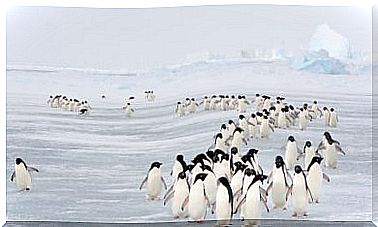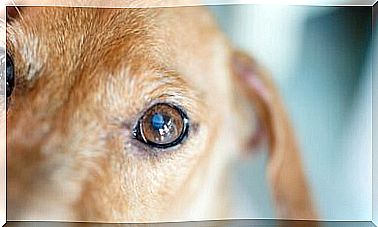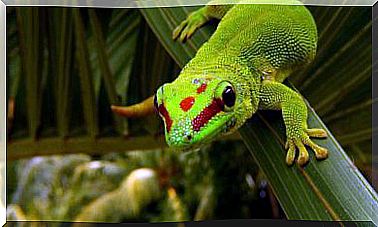6 Differences Between Reptiles And Amphibians

Reptiles and amphibians can look like very similar animals to the naked eye. Both are usually small and green or brown in color, they are ectothermic and many can be found near water, on the ground or under stones. This can be confusing, but there are key differences between reptiles and amphibians.
These differences affect all aspects of their biology and are very useful in identifying the different taxa encompassed within the scope of herpetology. In the following lines, we will explain the most important ones.
The most relevant differences between reptiles and amphibians
Amphibians and reptiles are made up of different groups of animals. Amphibians include toads and frogs (anurans), salamanders and newts (urodelos), and caecilians, burrowing animals without arms or legs.
On the other hand, reptiles contain a great variety of animals, among which are lizards, snakes, turtles, crocodiles and even birds. Although evolutionarily birds are reptiles, they will be excluded from the following comparisons, since it is very difficult to confuse them with the rest. Follow us and discover 6 differences between these groups.
1. A very different skin
One of the clearest dissimilarities between reptiles and amphibians is their skin. In the vast majority of cases, reptiles are completely covered in scales, which give them a very characteristic appearance. These scales can vary by group, but with a few exceptions, they are always present.
On the contrary, the skin of amphibians does not have scales. Some species have smooth skin and others have warts, bumps, or granulations, but never scales. This difference greatly affects the way of life of herpes.
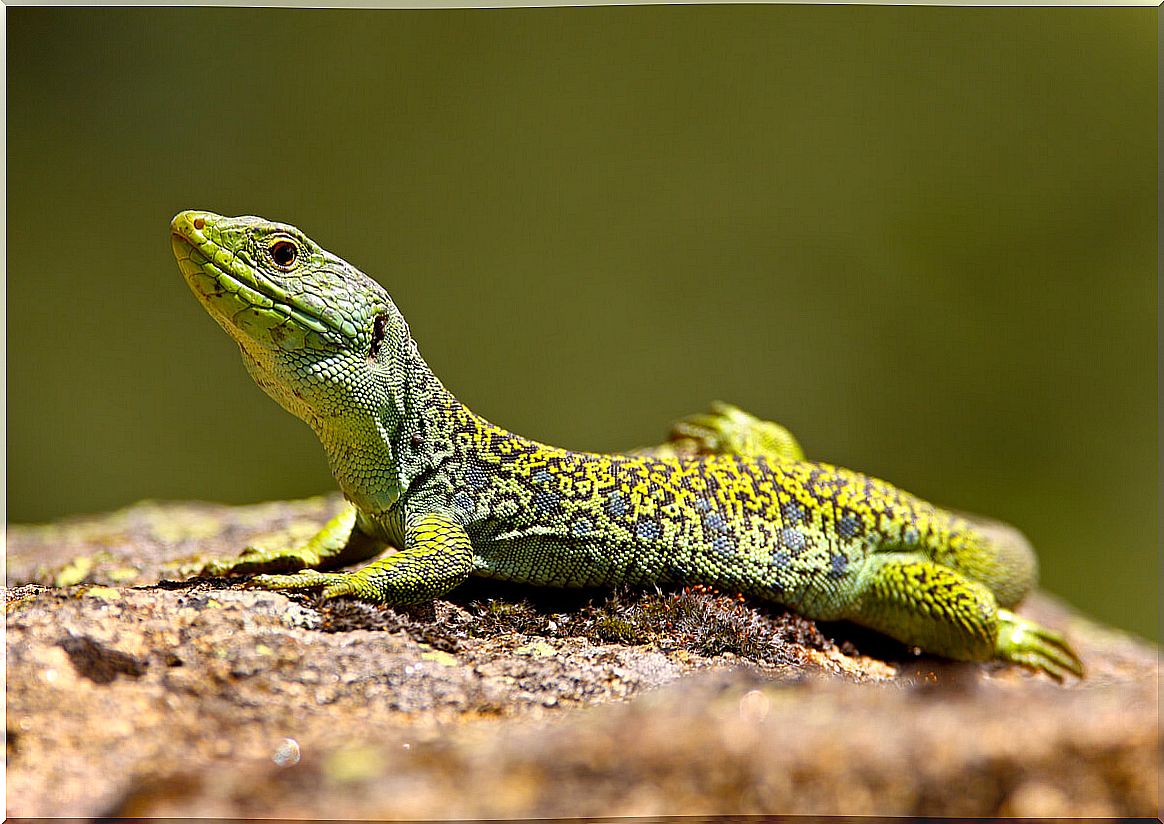
2. Breathe through the skin
Reptile scales isolate them from the environment. This allows them not to lose water through the skin and prevents them from drying out if they spend time outside of it or in arid environments, as occurs in amphibians.
This adaptation has come at a cost. Amphibians’ thin skin makes them capable of breathing through skin, an ability that reptiles have lost. Skin breathing is especially effective in water or when the skin is wet: some amphibians rely on it so much that they have lost their lungs.
3. Poison of attack and defense
Amphibian venom is found in glands under the skin, which look like warts. When they feel threatened, frogs and toads are able to secrete it through their skin, in order to defend themselves and avoid being eaten by other animals.
Some species of reptiles — especially snakes and some lizards — are also poisonous. However, this poison is used for hunting and is normally found in the animal’s mouth. Of course, their toxins can also serve to defend against larger animals that threaten them.
4. Different times of the day
Reptiles appear mostly during the day, especially in warmer times, such as spring and summer. At this time, it is easy to find them sunbathing on stones, to increase their temperature.
On the other hand, amphibians are usually active at night, although they also avoid the coldest or windiest moments. They do this to avoid water loss, which is greater during the day, and also to decrease predation on them.
5. Reproduction and eggs
Amphibians almost always reproduce in water and do so by external fertilization. This means that the females expel the eggs into the water and the males fertilize them once there.
Amphibian eggs are small, soft, very numerous and covered in jelly. The females put them in the form of cords, masses or glued to vegetation, but almost always in the water, since they do not support desiccation.
In contrast, reptiles often reproduce internally. To do this, males have not just one, but 2 penises, which emerge from the cloaca. The females lay the eggs on the ground, since they are capable of withstanding desiccation. Their eggs have shells and are amniotic, more similar to those of birds.
6. Direct or indirect development
Reptiles hatch from the egg as tiny versions of themselves, different from adults because of their size and because they cannot reproduce yet, as young animals often do.
However, most amphibians hatch as fully aquatic larvae, very different from adults. To reach their final form, amphibians must go through a process of metamorphosis that completely transforms them.
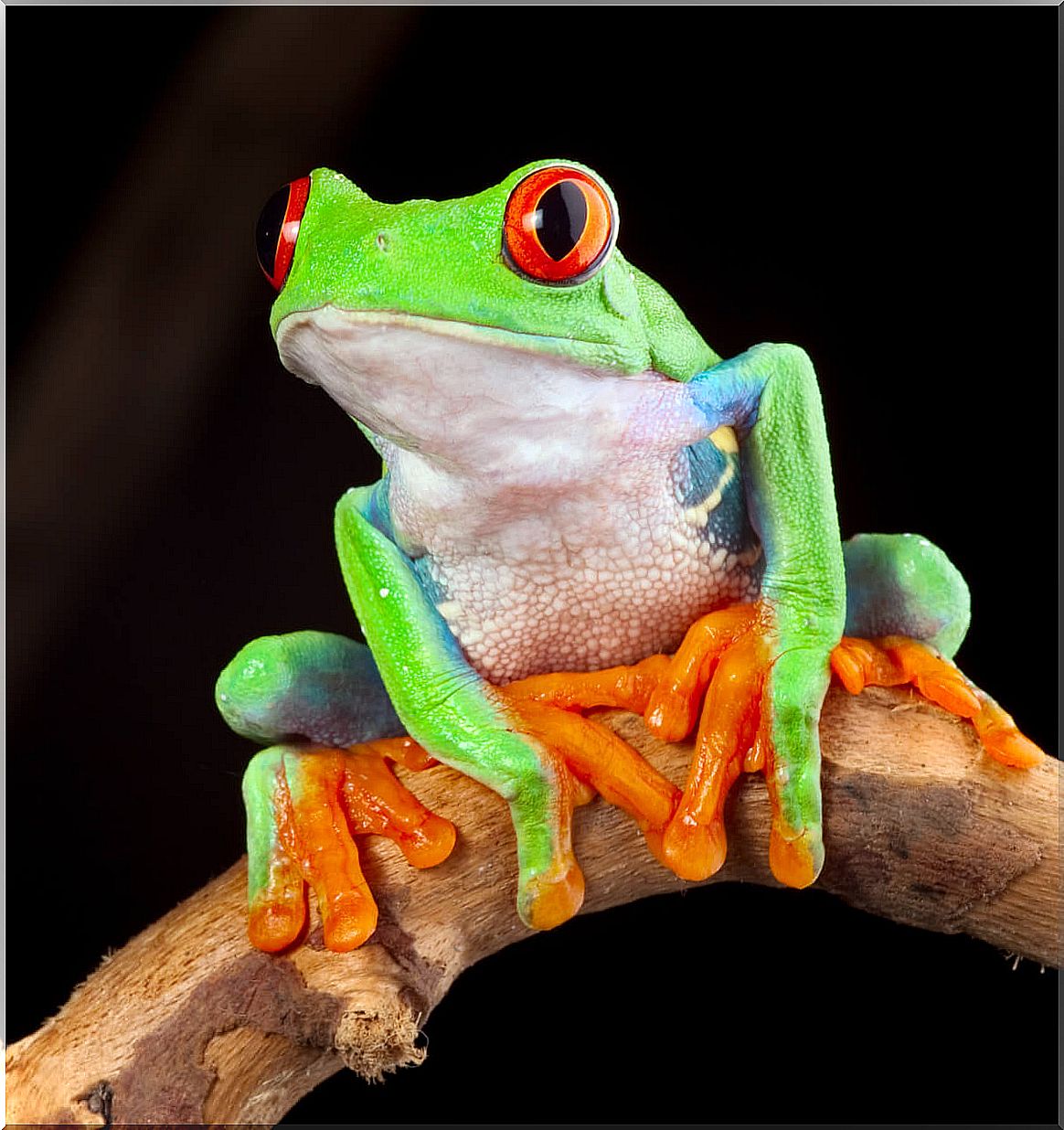
Herpets are very different from each other
As has been proven, many of the differences between reptiles and amphibians come from their relationship with water. Reptiles have developed adaptations such as scaly skin and the amniotic egg, which have allowed them to lead a life much more independent of water.
This has been one of the largest evolutionary leaps in animal history, as it allowed the first reptiles to become more versatile and colonize the terrestrial environment. Thanks to this, they are still very successful animals today. Amphibians, due to their dependence on water, are more vulnerable to changing conditions on the planet.


